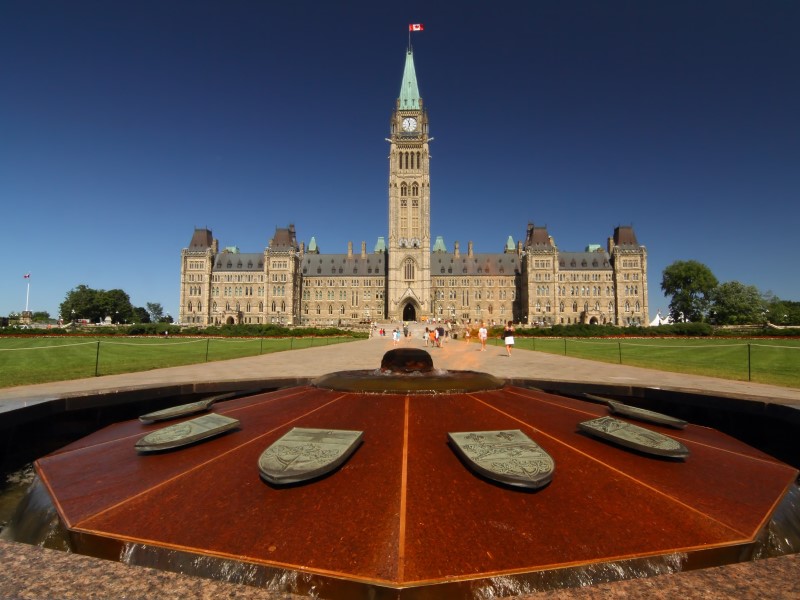

In its 2024 budget on Tuesday, the federal government announced a new working group dedicated to encouraging increased domestic investments by Canadian institutional investors.
Former Bank of Canada governor Stephen Poloz is being tasked to lead an organization that will identify priority investment opportunities in the country for the more than $3 trillion held by Canadian pension funds. The new group will also be supported by Finance Minister Chrystia Freeland.
The group will also explore how to boost investment in digital and physical infrastructure, artificial intelligence, venture capital and real estate assets in public lands. It will also further investigate ending a rule that restricts Canadian pension funds from holding more than 30 per cent of the voting shares of investee corporations. The government first unveiled its consideration for removing the investment rule during its 2023 fall economic statement.
Read: Feds consider end of ‘30% rule’ for pensions, propose EI adoption benefit: fall economic statement
As part of these new investment measurements, the Ministry of Transport is expected to release a policy statement later this year about “flexibilities” in the governance model of Canadian airports to attract capital from institutional investors.
The budget also proposed an amendment to the Pension Benefits Standards Act to allow the Office of the Superintendent of Financial Institutions to publicly disclose geographic investment details from federally regulated pension plans. Plan administrators would be required to disclose the distribution of plan investments by jurisdiction and by asset class within each jurisdiction.
In addition, a proposed 15 per cent tax credit would support institutional investors allocating funds to low-emitting electricity opportunities, including wind, solar, water, geothermal, waste biomass and nuclear. Natural gas investments, provided they carry carbon capture and storage, as well as stationary electricity storage systems that don’t use fossil fuels, would also be considered under the tax credit. The feds expect the program to cost roughly $7.2 billion over the next five years and an additional $25 billion from fiscal 2029 to 2035.
Read: Liberals table bill paving way for future pharmacare program a day before deadline
The government also proposed $1.5 billion over the next five years to launch its pharmacare program. The rollout will target coverage of contraceptives for women and diabetes medication. Coverage will be administered through existing provincial and territorial pharmacare programs. The government said it’s also planning to launch a fund for access to diabetes devices and supplies at a later date.
The budget earmarked $3.6 million over five years for a legislative amendment to the Canada Labour Code that would allow federally regulated employers to establish a right-to-disconnect policy limiting work-related communication outside of scheduled working hours. The measurement would impact up to 500,000 employees.
The government also called on the provincial and territorial governments to support the creation of retirement savings plans for early childhood educators. Last year, the Nova Scotia government extended DB pension plan services to childcare workers, while Prince Edward Island gave out raises to ECEs and introduced a defined contribution pension plan with matching funds provided by the government. The budget also proposed a loan forgiveness program worth $48 million over four years for ECEs in rural and remote communities.
Read: N.S. providing CAAT DBplus pension plan, comprehensive benefits plan to ECEs, support staff
